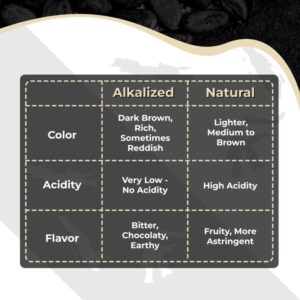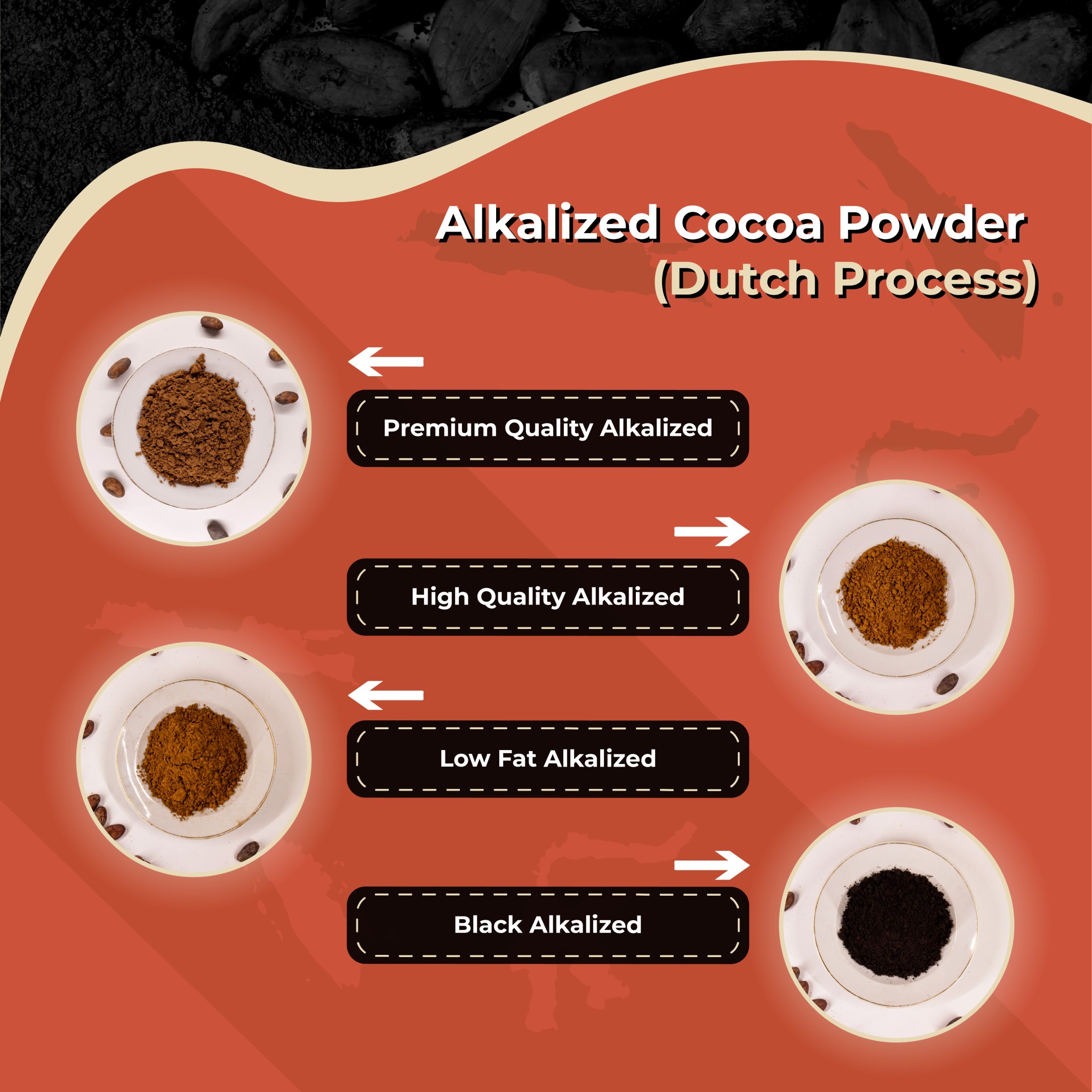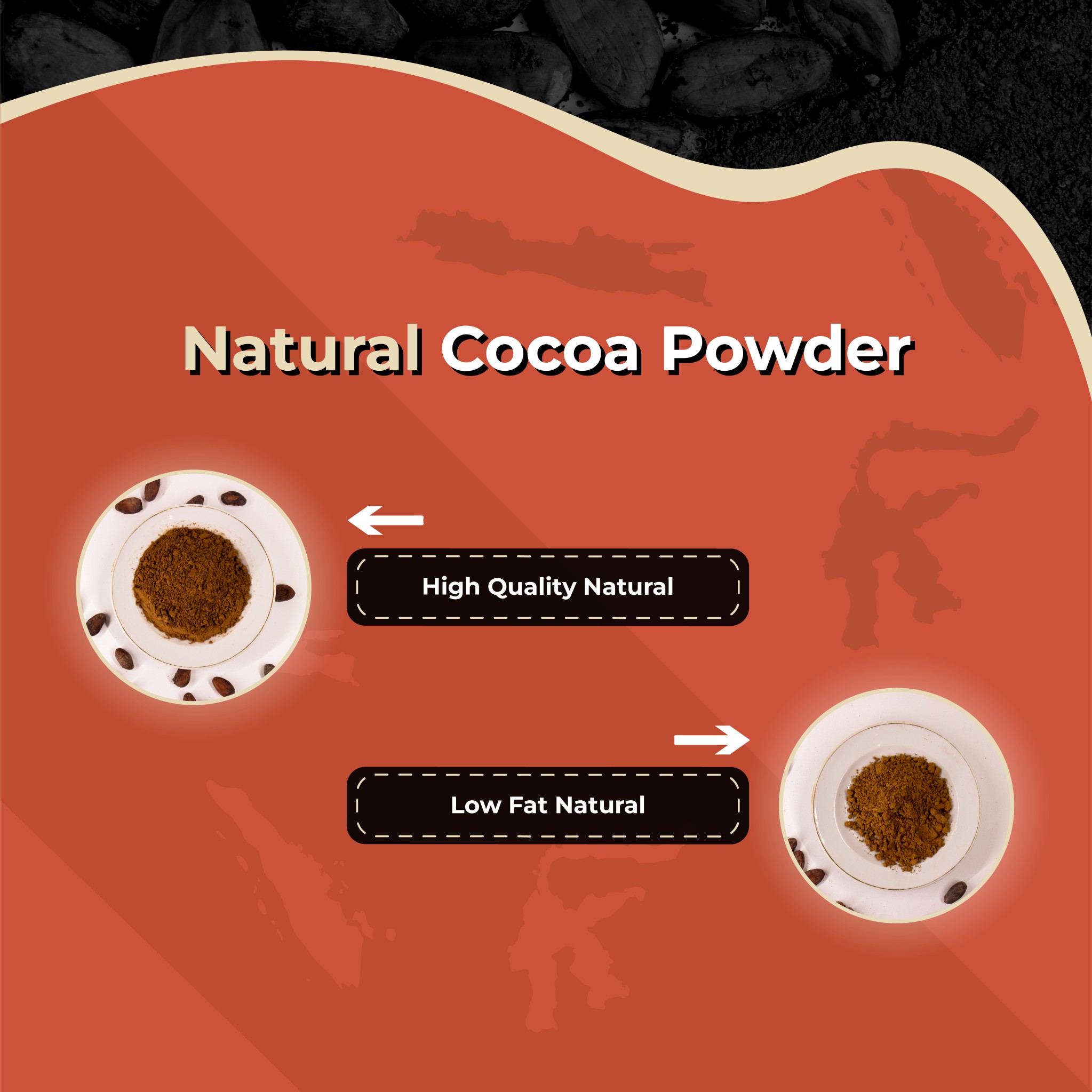Ashland Cocoa is a leading supplier and manufacturer of premium quality cocoa powder, sourced directly from Indonesian farmers.

Two of the most prominent variants are alkalized cocoa powder and natural cocoa powder. Understanding the distinctions between these two types of cocoa is vital for both industry professionals and passionate home bakers. In this article, we’ll delve into the world of cocoa to explore the differences between alkalized cocoa powder and natural cocoa powder, shedding light on their properties, uses, and how Ashland Cocoa ensures the highest quality for both varieties.
Alkalized Cocoa Powder:

Natural Cocoa Powder:

At Ashland Cocoa, we are dedicated to delivering the finest cocoa powder to meet the diverse needs of our customers. Whether you require alkalized or natural cocoa powder, we adhere to stringent quality control measures at every stage of production. Our cocoa beans are sourced from trusted suppliers who share our commitment to quality and sustainability.